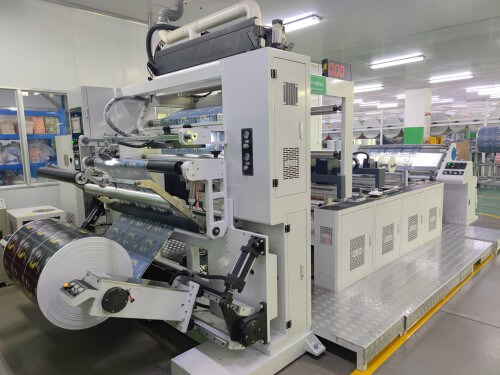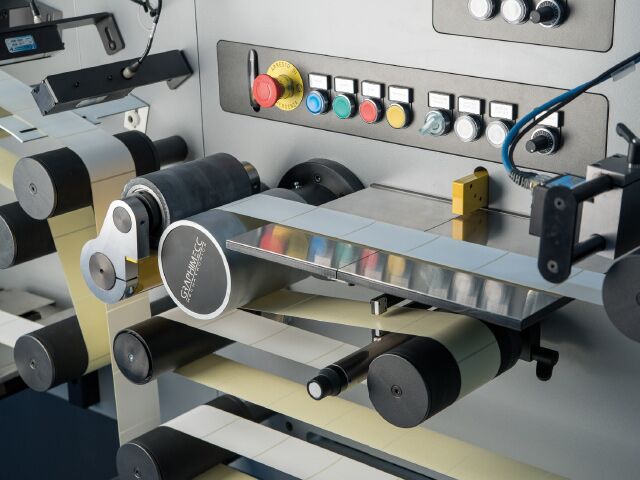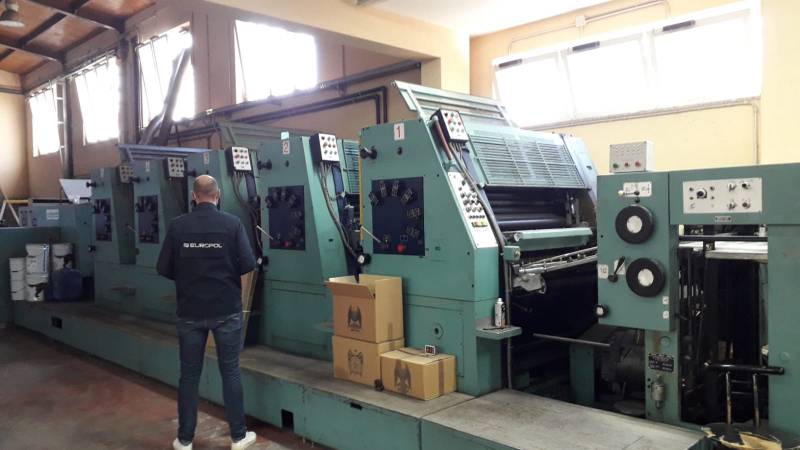In today’s global market, the challenge of reducing losses with anti-counterfeit packaging has become a significant concern for businesses across various industries. Counterfeiting not only impacts brand reputation but also results in substantial financial losses. By strategically implementing anti-counterfeit measures, companies can safeguard their products and maintain consumer trust.

Understanding the Importance of Anti-Counterfeit Packaging
The primary objective of anti-counterfeit packaging is to protect products from being replicated and sold as authentic items. This ensures that consumers receive genuine products, maintaining their satisfaction and trust in the brand. Additionally, it aids in pharmaceutical serialization compliance, ensuring that health-related products meet industry standards.
The Impact of Counterfeiting on Businesses
Counterfeiting poses a severe threat to businesses, leading to revenue losses, brand devaluation, and compromised consumer safety. Industries ranging from pharmaceuticals to automotive parts are affected, necessitating robust strategies to combat this menace. For further insights, you can explore anti-counterfeit printing for auto parts to better understand its impact.
Key Features of Anti-Counterfeit Packaging Solutions
Effective anti-counterfeit packaging solutions incorporate various features designed to deter counterfeiters. These include holograms, QR codes, special inks, and intricate patterns that are challenging to replicate. Such technologies not only protect products but also provide a layer of authentication that can be verified by consumers.
Technological Innovations in Anti-Counterfeit Measures
Advancements in technology have significantly enhanced the effectiveness of anti-counterfeit packaging. Innovations such as AI in anti-counterfeit printing provide dynamic solutions by integrating machine learning algorithms to detect counterfeit activities.
Benefits of Implementing Anti-Counterfeit Packaging
Implementing anti-counterfeit packaging offers numerous benefits, including protecting brand integrity, reducing financial losses, and ensuring compliance with industry regulations. It also enhances consumer confidence, as buyers are more likely to purchase products they trust to be genuine.
Case Studies: Success Stories in Combating Counterfeiting
Several companies have successfully implemented anti-counterfeit strategies to protect their products. For instance, leading pharmaceutical brands have utilized serialization techniques to track and verify product authenticity, significantly reducing counterfeit incidents.
Challenges in Anti-Counterfeit Packaging
Despite its benefits, anti-counterfeit packaging presents certain challenges, such as increased production costs and the need for constant innovation to stay ahead of counterfeiters. Businesses must weigh these factors when adopting such measures.
Overcoming Challenges with Strategic Approaches
To overcome these challenges, companies need to adopt a multi-faceted approach that includes continuous research, investment in new technologies, and collaboration with industry stakeholders. This strategic approach can enhance the effectiveness of anti-counterfeit measures.
Future Trends in Anti-Counterfeit Packaging
The future of anti-counterfeit packaging is promising, with new technologies emerging to enhance protection. Blockchain technology, for instance, offers a decentralized platform for tracking product authenticity, providing an additional layer of security.
The Role of Consumer Awareness
Consumer awareness plays a crucial role in combating counterfeiting. Educating consumers on identifying genuine products can significantly reduce the demand for counterfeit goods, thereby protecting brands and consumers alike.
Conclusion: Securing the Future with Anti-Counterfeit Packaging
In conclusion, reducing losses with anti-counterfeit packaging is essential for protecting brand reputation, ensuring product authenticity, and maintaining consumer trust. By staying informed and adopting innovative solutions, businesses can effectively combat counterfeiting and secure their future in the market.
For more information on anti-counterfeit labels, visit Everything to Know About Anti-Counterfeit Labels.

Frequently Asked Questions
What is anti-counterfeit packaging?
Anti-counterfeit packaging involves implementing measures to prevent the replication and sale of counterfeit products, ensuring consumers receive genuine items.
How does anti-counterfeit packaging benefit businesses?
It helps in protecting brand integrity, reducing financial losses, and enhancing consumer confidence by ensuring product authenticity.
What are the challenges in implementing anti-counterfeit packaging?
Challenges include increased production costs and the need for continuous innovation to stay ahead of counterfeiters.
This article contains affiliate links. We may earn a commission at no extra cost to you.







